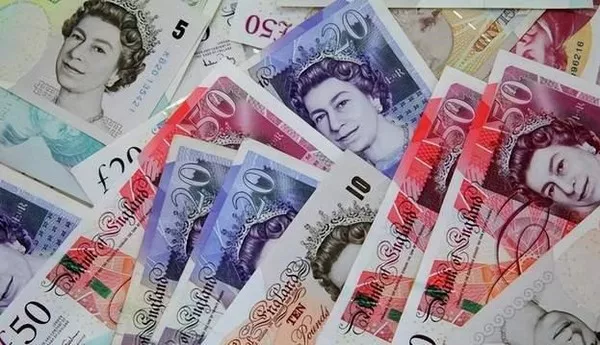In the ever-fluctuating landscape of international currencies, individuals and businesses alike keep a vigilant eye on exchange rates to navigate the global financial market. The GBP to AUD exchange rate, denoting the value of the UK Pound against the Australian Dollar, is a critical metric influencing trade, investment, and economic activities between the United Kingdom and Australia.
Current Exchange Rate Analysis
As of the latest available data, the GBP to AUD exchange rate stands at 1 GBP = 1.89 AUD. This implies that for every British Pound, one would receive 1.89 Australian Dollars in return. Understanding this rate is crucial for anyone engaged in cross-border transactions or international investments involving the UK and Australia.
Factors Influencing the Exchange Rate
Several factors contribute to the dynamics of the GBP to AUD exchange rate. Economic indicators, interest rates, inflation rates, and geopolitical events all play a role in determining the strength of these two currencies relative to each other. Analyzing these factors provides insights into the current rate and helps predict future trends.
Economic Indicators Impacting GBP TO AUD
UK Economic Performance
The economic health of the United Kingdom significantly influences the GBP to AUD exchange rate. Positive indicators, such as robust GDP growth and low unemployment rates, tend to strengthen the Pound against the Australian Dollar.
Australian Economic Conditions
Similarly, Australia’s economic performance plays a pivotal role in shaping the exchange rate. Factors such as commodity prices, export levels, and domestic economic stability contribute to the strength or weakness of the Australian Dollar against the Pound.
Interest Rates and GBP TO AUD
Central Bank Policies
Central banks, including the Bank of England and the Reserve Bank of Australia, set interest rates that impact the GBP to AUD exchange rate. Higher interest rates in the UK may attract foreign capital, strengthening the Pound against the Australian Dollar.
Interest Rate Differentials
The interest rate differential between the UK and Australia influences investor behavior. If the interest rates in the UK are higher than in Australia, investors may favor holding assets in Pounds, contributing to a stronger GBP against the AUD.
Inflation Rates and Their Role
Inflation’s Impact on GBP
Inflation rates also play a role in determining the GBP to AUD exchange rate. Lower inflation in the UK may increase the purchasing power of the Pound, positively affecting its value against the Australian Dollar.
Inflation in Australia
Conversely, inflation in Australia can impact the exchange rate. Higher inflation rates may erode the value of the Australian Dollar, leading to a less favorable exchange rate with the Pound.
Geopolitical Events and GBP TO AUD
Political Stability
Political stability is a critical factor influencing the GBP to AUD exchange rate. Political uncertainty in either country can lead to fluctuations, as investors may perceive higher risk and adjust their currency holdings accordingly.
See Also: GBP/EUR Forecast: Will the Pound Rise Against the Euro in 2023?
Trade Relations
The trade relationship between the UK and Australia also affects the exchange rate. Trade agreements, tariffs, and trade balances can impact the demand for each currency, influencing their relative values.
Outlook for the GBP TO AUD Exchange Rate
Analyst Projections
Financial analysts often provide forecasts for exchange rates based on economic indicators and global events. While these projections can offer insights, it’s important to note that the foreign exchange market is inherently unpredictable.
Economic Recovery and Pandemic Impact
The ongoing recovery from the global economic downturn caused by the COVID-19 pandemic adds another layer of complexity to predicting the GBP to AUD exchange rate. Economic policies, vaccination rates, and the evolving nature of the pandemic can all impact currency values.
Conclusion
In conclusion, the GBP to AUD exchange rate is a vital metric for individuals and businesses engaged in international transactions between the United Kingdom and Australia. Understanding the factors influencing this rate, including economic indicators, interest rates, inflation, and geopolitical events, is crucial for making informed financial decisions in the dynamic world of global finance. As the landscape continues to evolve, staying abreast of these factors will be essential for anyone navigating the complexities of the foreign exchange market.
Related Topics:
Pound Symbol Definition & Meaning
Will the Pound Get Stronger? A Comprehensive Analysis
Why GBP is Falling? Exploring the Factors Behind the Decline


























